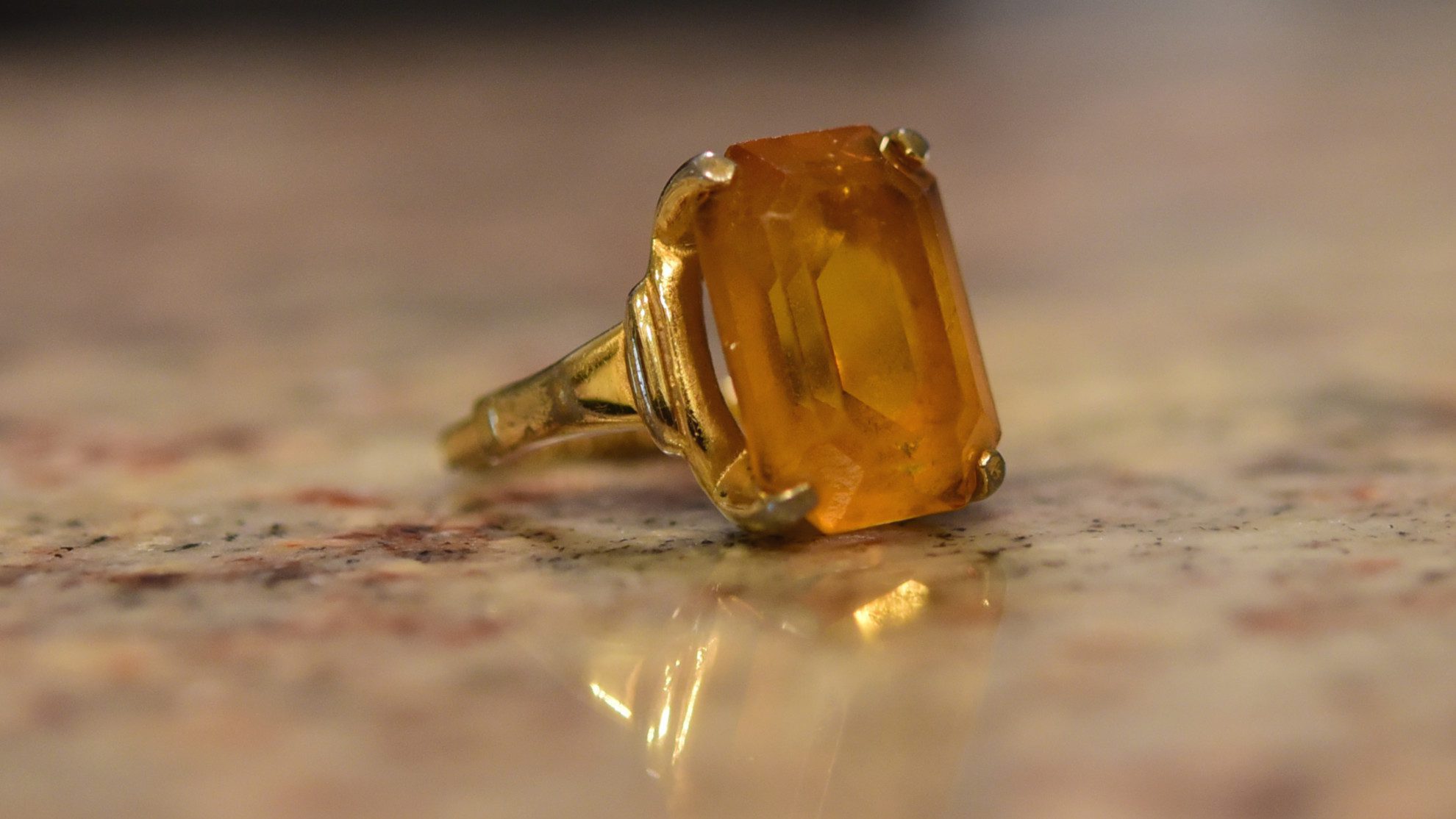How Does Topaz Form?
Topaz requires specific and unusual conditions to form. Learn how topaz develops and how it gets its colors, from yellow and blue to rare and valuable pink.
2 Minute Read
What is Topaz?
Topaz is a crystalline mineral in the silicate group. It has a chemical formula of Al2SiO4(F,OH)2, and that “F,” fluorine, makes it an uncommon mineral.
With a hardness of 8 and a variety of colors, topaz is a great choice for jewelry in any style and can even make for a unique center stone in an engagement ring. Consult our buying guide for more information on topaz as a jewelry stone.
How Does Topaz Form?
Topaz is one of the last minerals to form in an igneous rock as it cools. That’s because it requires some volatile elements. The fluorine and hydroxyl group (OH) in its formula come from volcanic degassing.
In other words, since volatile elements aren’t a part of the first crystals to form from magma, they end up as gas, which becomes more concentrated. Since the gas is in equilibrium with fluids in the rock, the fluids become enriched in fluorine. Eventually, conditions become favorable for topaz formation.
Topaz form typically in igneous rocks like pegmatites, granites, and rhyolites. However, you can find these gems in alluvial sediments, too, after they’ve weathered out of the host…
Addison Rice
A geologist, environmental engineer and Caltech graduate, Addison’s interest in the mesmerizing and beautiful results of earth’s geological processes began in her elementary school’s environmental club. When she isn’t writing about gems and minerals, Addison spends winters studying ancient climates in Iceland and summers hiking the Colorado Rockies.
Related Articles
Topaz Gem, Price, and Jewelry Information
Topaz Buying Guide
Colorful Options: Choosing Topaz Engagement Ring Stones
Determining C Axis on Topaz
Latest Articles
800 Years of Mogok: A Celebration in Tenuous Times
What is the Average Gemstone Faceting Yield?
Pyroxmangite Value, Price, and Jewelry Information
How to Identify Emerald Simulants and Synthetics
Never Stop Learning
When you join the IGS community, you get trusted diamond & gemstone information when you need it.
Get Gemology Insights
Get started with the International Gem Society’s free guide to gemstone identification. Join our weekly newsletter & get a free copy of the Gem ID Checklist!
